Amador Wine Country: Relaxed and Unpretentious. With a stunning setting in the Sierra Foothills that delivers an authentic wine country experience. Exactly how you remember California’s wine country used to be. The 50+ wineries comprising the Amador Vintners Association are dedicated to producing premium-quality wines that offer distinctive regional character. This character can also be seen in each winery’s genuine brand of hospitality!
The icons below indicate the wineries that are PET-FRIENDLY, have a PICNIC AREA, host WEDDINGS, have an EV CHARGER, or allow BUSES and LIMOS – BY APPOINTMENT.





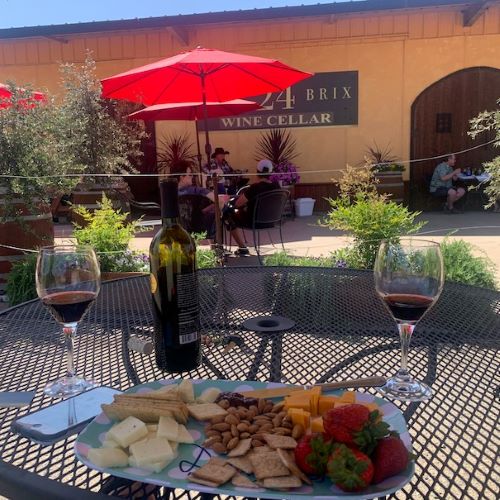
24 BRIX
17585 Hwy 49, Plymouth, CA 95669
Phone: 209-680-9035
www.24BrixWines.com
Paul@schmitzwines.com
No reservations required
Friday – Sunday, 11am to 4pm


![]()
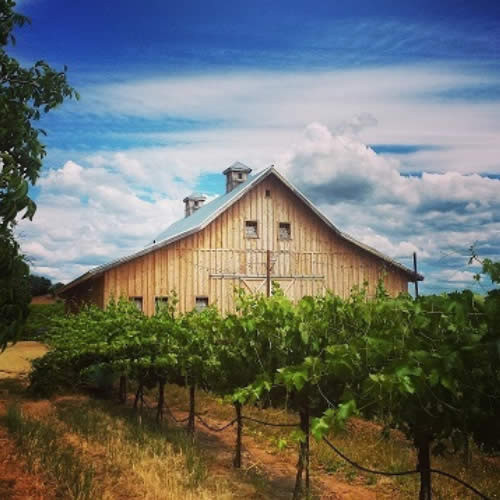
AMADOR CELLARS
11093 Shenandoah Road Plymouth, CA 95669
Phone: 209-245-6150
www.AmadorCellars.com
Info@AmadorCellars.com
Reservations recommended
Thursday – Tuesday, 10am to 4:30pm



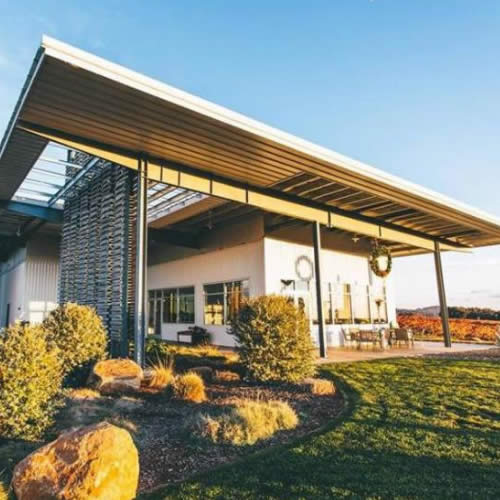
ANDIS WINES
11000 Shenandoah Road Plymouth, CA 95669
Phone: 209-245-6177
www.AndisWines.com
Info@AndisWines.com
Reservations required
Wednesday – Sunday, 11am to 4:30pm



![]()
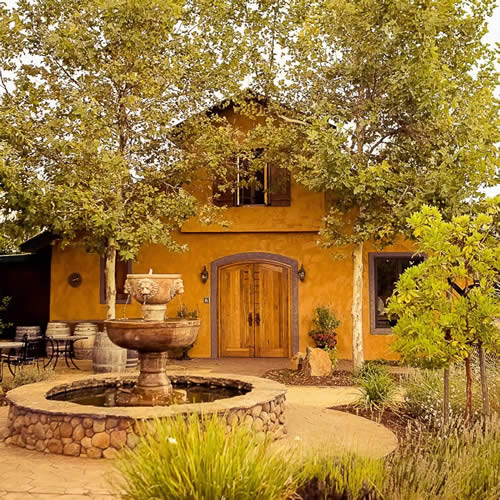
AVIO VINEYARDS AND WINERY
14520 Ridge Road Sutter Creek, CA 95685
Phone: 209-267-1515
www.AvioWine.com
Info@AvioWine.com
No reservations required
Friday – Sunday, 11am to 5pm



![]()
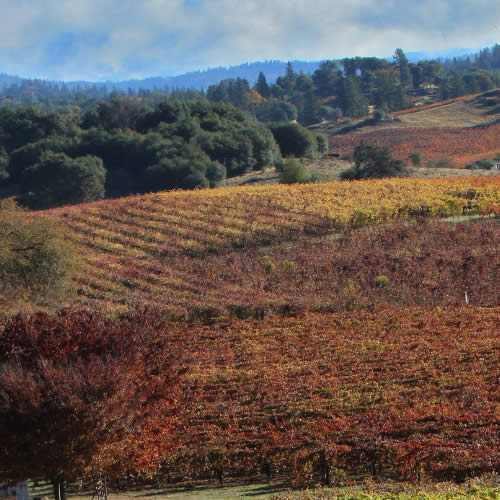
BELLA GRACE VINEYARDS
22715 Upton Road, Plymouth, CA 95669
Phone: 209-267-8053
www.BellaGraceVineyards.com
Info@BellaGraceVineyards.com
Reservations recommended
Cave & Vineyard, Friday – Sunday, 11am to 4:30pm
Sutter Creek tasting room, Thursday – Monday, 11am to 5pm



![]()
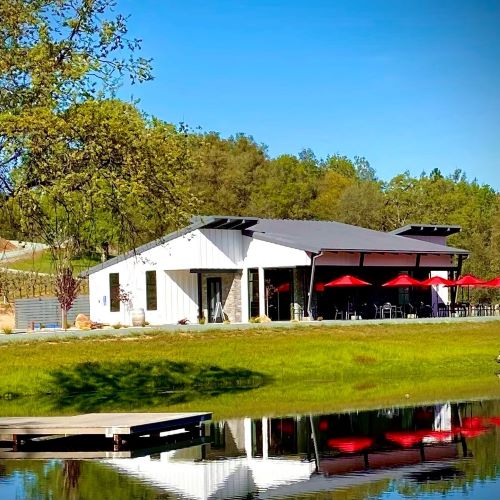
BELLEDOR VINEYARDS
13391 Shenandoah Road, Plymouth CA 95669
Phone: 209-680-6008
www.Belledor.com
Info@Belledor.com
Reservations required for 7 +
Friday – Sunday, 11am to 4:30pm

![]()

CONVERGENCE VINEYARDS
14650 CA-124, Plymouth, CA 95669
Phone: 209-245-3600
www.ConvergenceVineyards.com
Info@ConvergenceVineyards.com
No reservations required. Limos/large groups by appointment only
Friday – Sunday, 10am to 5pm

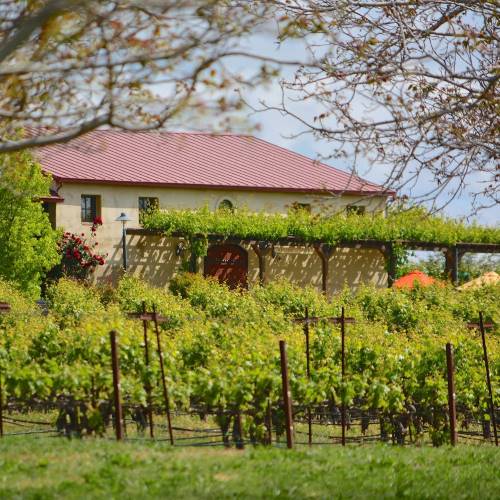
COOPER VINEYARDS
21365 Shenandoah School Rd, Plymouth, CA 95669
Phone: 209-245-6181
www.CooperWines.com
Info@CooperWines.com
No reservations required
Thursday – Monday, Open at 11am. Last tasting begins at 4PM. Closes at 4:30pm


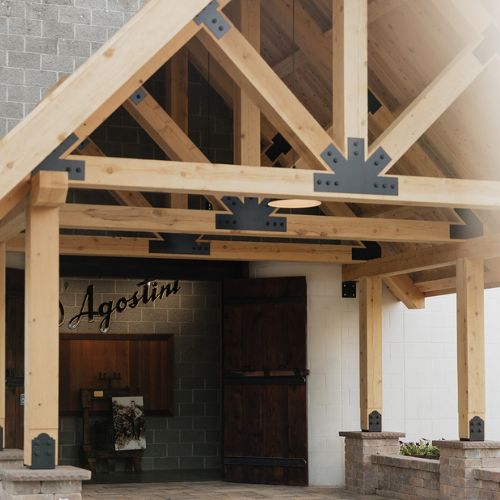
D’AGOSTINI WINES
12557 Steniner Rd, Plymouth, CA 95669
Phone: 530-497-4372
www.DagostiniWines.com
Daisy@dagostiniwines.com
Thursday – Monday, 10am to 5pm

![]()
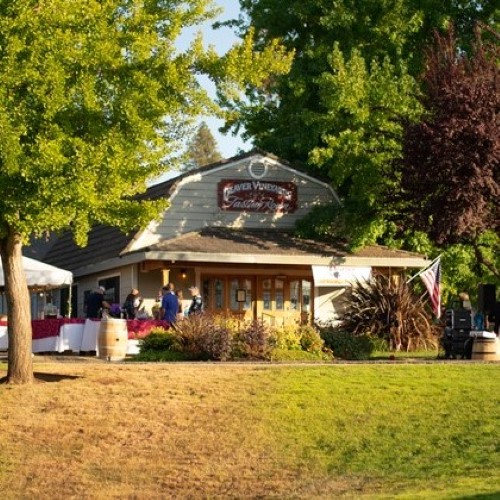
DEAVER VINEYARDS
12455 Steiner Rd, Plymouth, CA 95669
Phone: 209-245-4099
www.DeaverVineyards.com
Info@DeaverVineyards.com
Reservations required for 7 +
Monday – Sunday, 10:30am to 5pm


![]()
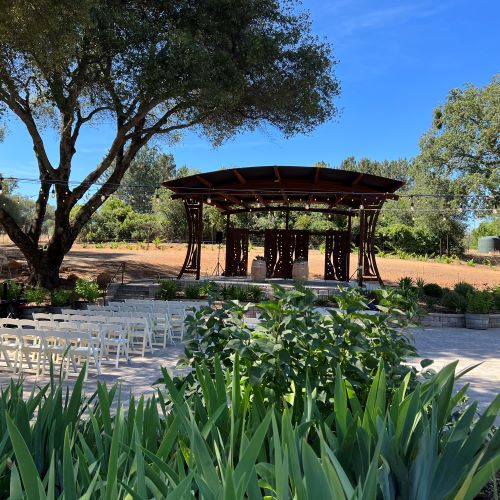
DI ARIE VINEYARD & WINERY
19919 Shenandoah School Rd, Plymouth, CA 95669
Phone: 209-245-4700
www.CGDiarie.com
elig@cgdiarie.com
Reservations recommended
Friday – Monday, 11am to 4:30pm


![]()
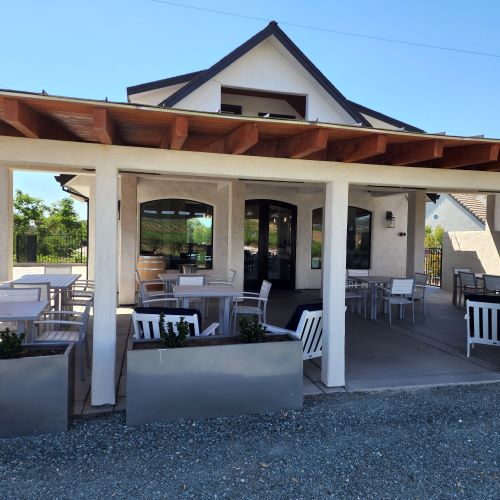
DI STASIO VINEYARDS
10788 Shenandoah Road, Plymouth, CA 95669
Phone: 209-256-1524
www.DistasioVineyards.com
Ciao@DistasioVineyards.com
Reservations required for 8+
Thursday – Sunday, 11am to 4:30pm


![]()
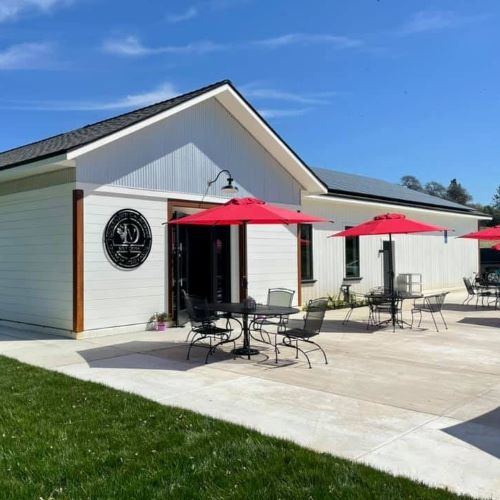
DIANDA TASTING ROOM & VINEYARDS
22105 Lawrence Rd, Fiddletown, CA 95629
Phone: 530-301-8054
www.DiandaVineyards.com
Info@DiandaVineyards.com
Reservations required for 6 +
Friday – Sunday, 11am to 5:30pm



![]()
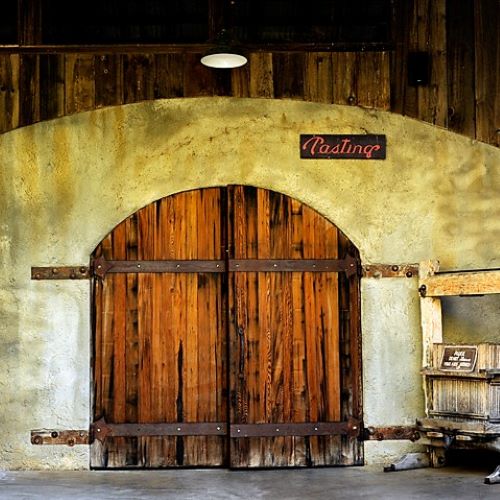
DOBRA ZEMLJA WINERY
12505 Steiner Rd, Plymouth, CA 95669
Phone: 209-245-3183
www.Dobraz.com
Info@Dobraz.com
Reservations required for 8 +
Seasonal hours Monday- Sunday, 11am to 5pm


![]()

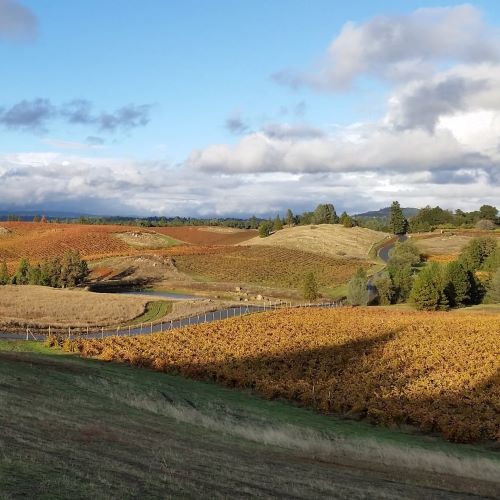
DRIVEN CELLARS
12595 Steiner Road, Plymouth, Ca. 95669
Phone: 209-245-4545
www.DrivenCellars.com
Support@DrivenCellars.com
Reservations recommended for 8+
Saturday – Sunday, 11am to 5pm


![]()
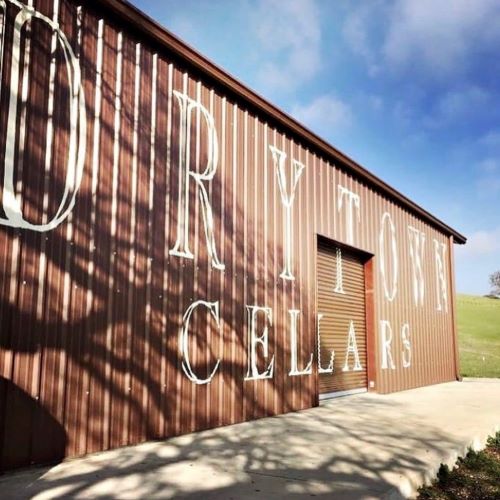
DRYTOWN CELLARS
16030 CA-49, Drytown, CA 95699
Phone: 209-245-3500
www.DrytownCellars.com
Folks@DrytownCellars.com
Reservations recommended
Monday – Thursday, 11am to 4pm
Friday – Sunday, 11am to 5pm


![]()
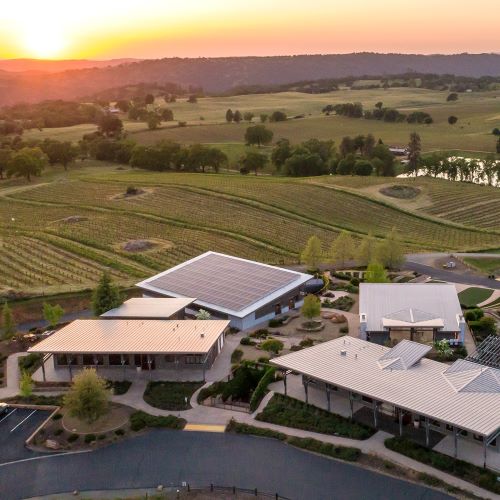
HELWIG VINEYARDS & WINERY
11555 Shenandoah Rd, Plymouth, CA 95669
Phone: 209-245-5200
www.HelwigWinery.com
Htr@HelwigWinery.com
Reservations recommended. Required for 7+. 21+ Only
Monday – Sunday, 10:30am to 4:30pm


![]()
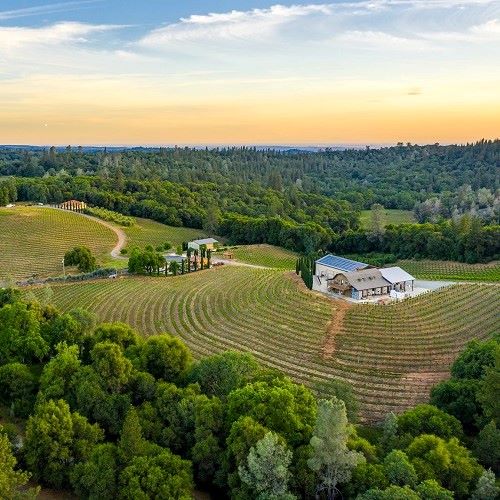
IL GIOIELLO WINERY & MORSE WINES
22355 Lawrence Road Fiddletown, CA 95629
Phone: 925-669-5056 or 209-245-3395
www.MorseWines.com
Rob@MorseWines.com
Reservations recommended
Saturday, 11am to 5pm – Sunday, 11am to 4pm



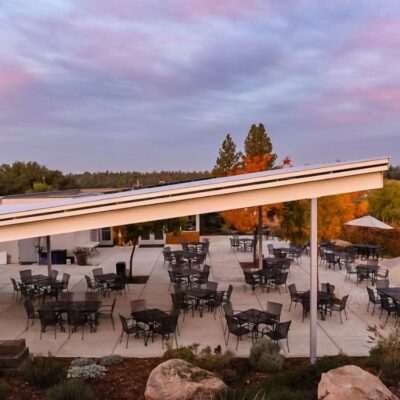
IRON HUB WINERY
12500 Steiner Rd, Plymouth, CA 95669
Phone: 209-245-6307
www.IronHubWines.com
Info@IronHubWines.com
Reservations recommended. Reservations required for large groups.
Thursday – Monday, 11am to 5pm



![]()
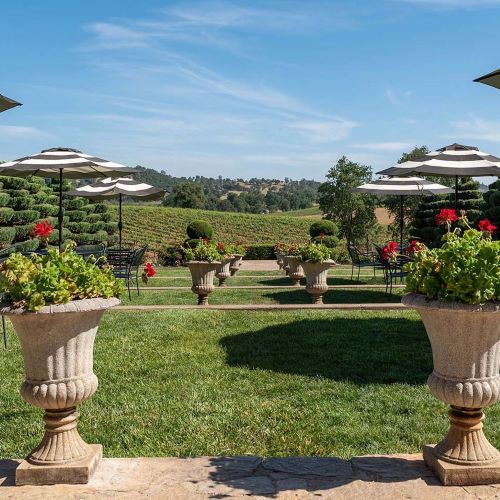
KARMERE VINEYARDS & WINERY
11970 Shenandoah Rd, Plymouth, CA 95669
Phone: 209-245-5000
www.Karmere.com
Information@Karmere.com
Reservations required for 10+
Monday – Sunday, 11am to 5pm



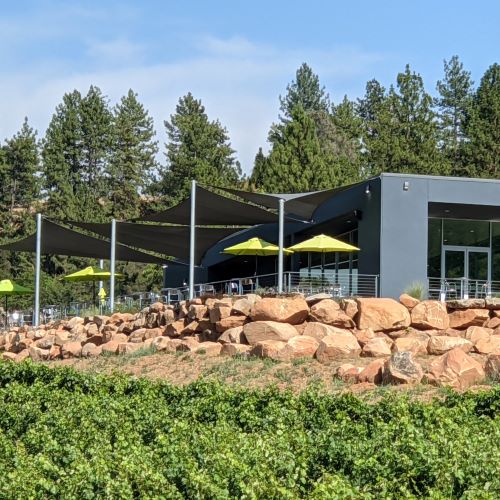
LA MESA VINEYARDS
13200 Shenandoah Road, Plymouth, CA 95669
Phone: 209-245-3388
www.LaMesaVineyards.com
Info@LaMesaVineyards.com
Reservations recommended
Thursday – Sunday, 11am to 5pm



![]()
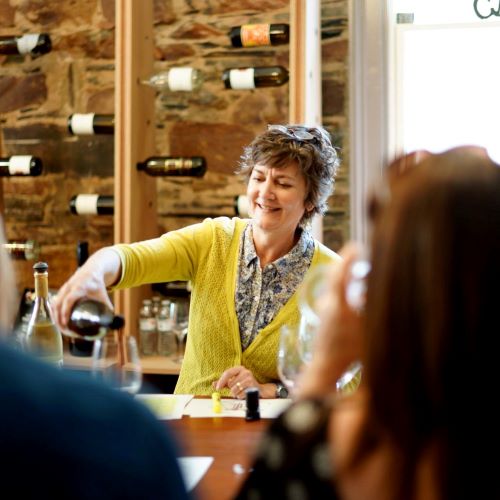
LE MULET ROUGE VINEYARD & WINERY
59 Main Street Sutter Creek, Ca. 95685
Phone: 209-267-5838
www.LeMuletRouge.com
Tamara@LeMuletRouge.com
Reservations required
Thursday – Monday, 11am to 6pm



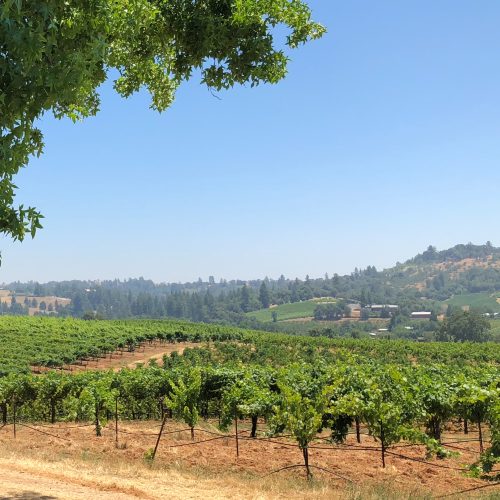
LINSTEADT FAMILY WINERY
23200 Upton Rd, Plymouth, CA 95669
Phone: 209-660-3731
www.LinsteadtWinery.com
LinsteadtWinery@gmail.com
Reservations required.
Friday – Sunday, 10:30am to 4:30 pm (by appointment only)



![]()
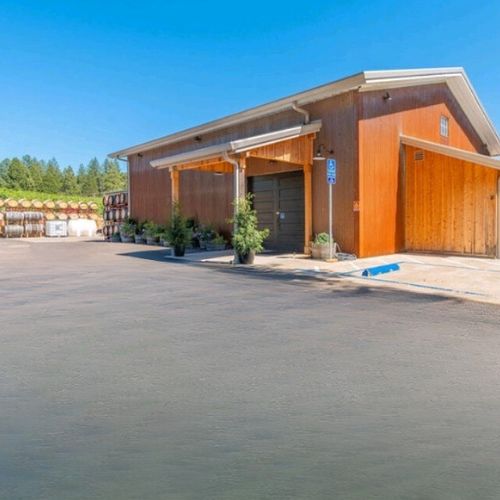
LUSSO DELLA TERRA CELLARS
21390 Ostrom Rd, Fiddletown, CA 95629
Phone: 209-226-5969
www.LussoDellaTerra.com
Cheers@LussoDellaTerra.com
Walk Ins Welcome. Reservations Recommend
Thursday – Sunday, 11am to 5pm



![]()

PAUL J WINES
10775 Shenandoah Rd #9513, Plymouth, CA 95669
Phone: 209-304-4235
www.PaulJWines.com
Camille@PaulJWines.com
Reservations required
Monday – Sunday, 10:30am to 5pm


![]()
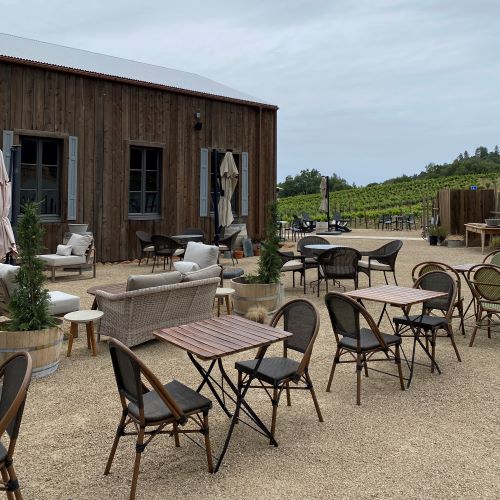
PLEINAIR VINEYARDS
21090 Ostrom Rd, Fiddletown, CA 95629
Phone: 209-781-3270
www.PleinAirVineyards.com
PleinAirVineyards@gmail.com
Reservations required for 6+
Friday – Sunday, 11am to 5pm


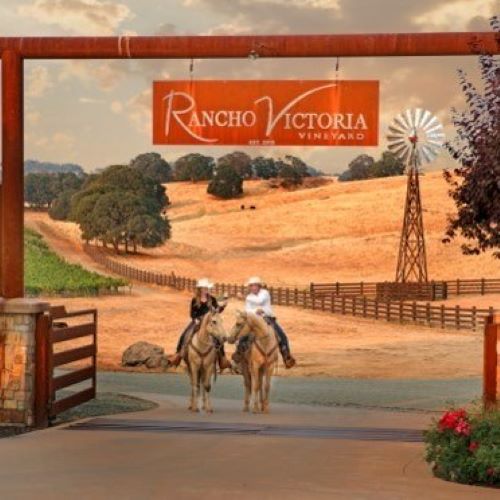
RANCHO VICTORIA VINEYARD
16920 Greilich Rd, Plymouth, CA 95669
Phone: 209-600-2557
www.RanchoVictoriaVineyard.com
Info@RanchoVictoriaVineyard.com
Reservations recommended
Monday – Sunday, 11am to 5pm



![]()
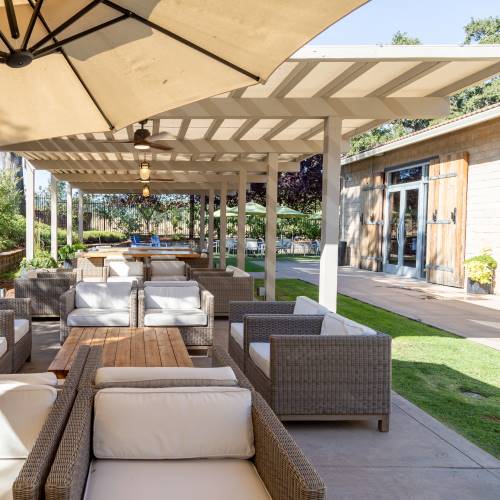
ROMBAUER VINEYARDS
12225 Steiner Rd, Plymouth, CA 95669
Phone: 866-280-2582
www.Rombauer.com
Info@Rombauer.com
Reservations required
Monday – Sunday, 10am to 5pm


![]()
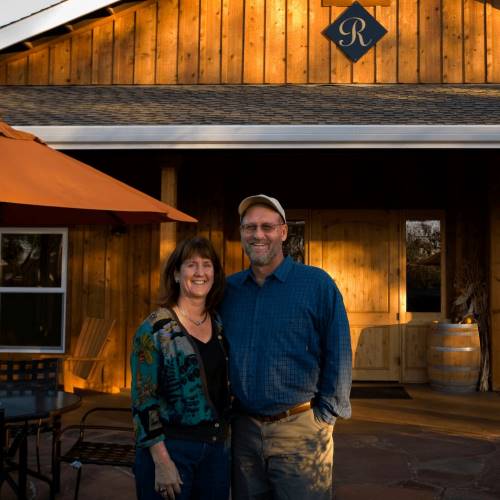
JEFF RUNQUIST WINES
10776 Shenandoah Road, Plymouth, CA. 95669
Phone: 209-245-6282
www.JeffRunquistWines.com
Info@JeffRunquistWines.com
Reservations recommended, walk-ins welcome
Monday – Sunday 11-5


![]()
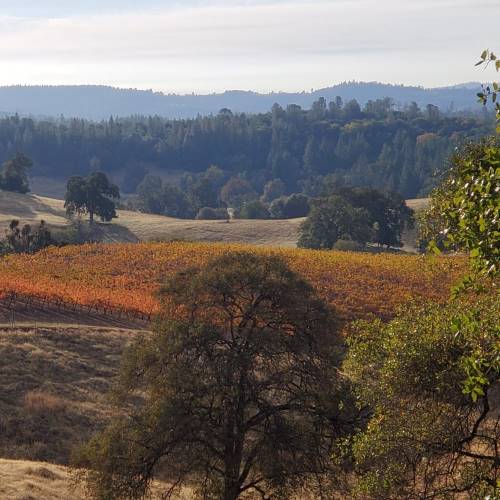
RUBIDOUX RIDGE VINEYARD
15000 Tyler Rd, Fiddletown, CA 95629
Phone: 916-205-6912
www.RubidouxRidgeVineyard.com
Info@RubidouxRidgeVineyard.com
No reservations required
Friday – Sunday, 11am to 5pm


![]()
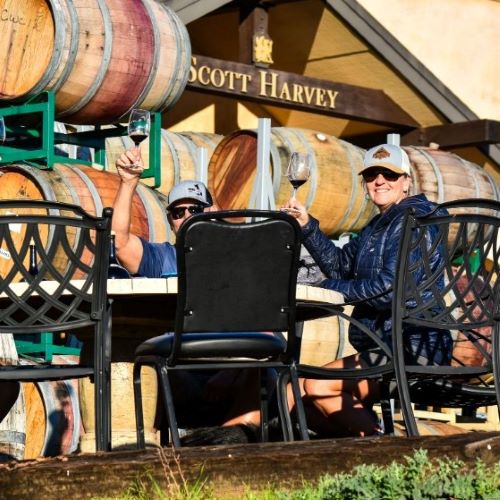
SCOTT HARVEY WINES
10861 Shenandoah Rd, Plymouth, CA 9566
Phone: 209-245-3670
www.ScottHarveyWines.com
Info@ScottHarveyWines.com
Reservations recommended
Both locations open 7 days a week, hours vary by location (Plymouth and Sutter Creek tasting room)


![]()
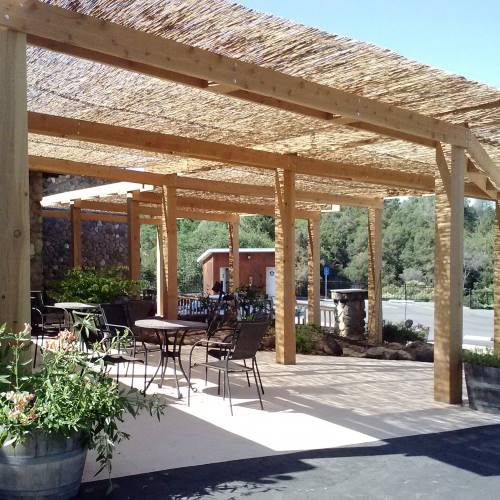
SHENANDOAH VINEYARDS
12300 Steiner Rd, Plymouth, CA 95669
Phone: 209-245-4455
www.SobonWine.com
Info@SobonWine.com
Reservations recommended
Monday – Sunday, 10am to 4:30pm



![]()
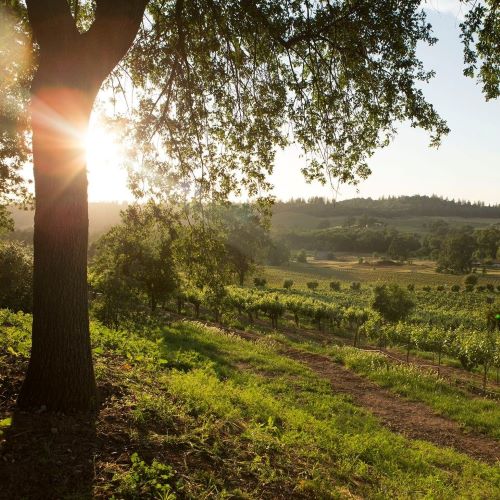
SOBON ESTATE
14430 Shenandoah Rd, Plymouth, CA 95669
Phone: 209-245-6554
www.SobonWine.com
Info@SobonWine.com
Reservations recommended
Monday – Sunday, 10am to 4:30pm


![]()
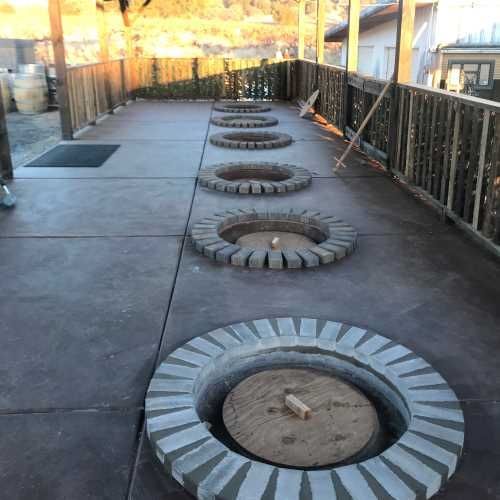
STORY WINERY
10525 Bell Rd, Plymouth, CA 95669
Phone: 209-245-6208
www.StoryWinery.com
Rob@Zin.com
Reservations required for 6+
Monday – Thursday, 12pm to 4pm
Friday – Saturday – 11am to 5pm



![]()

TANIS VINEYARDS
13120 Willow Creek Rd, Ione, CA 95640
Phone: 209-274-4807
www.TanisVineyards.com
Tanis@Ioneca.net
Reservations required
Friday – Sunday, 10am to 5:30pm

![]()
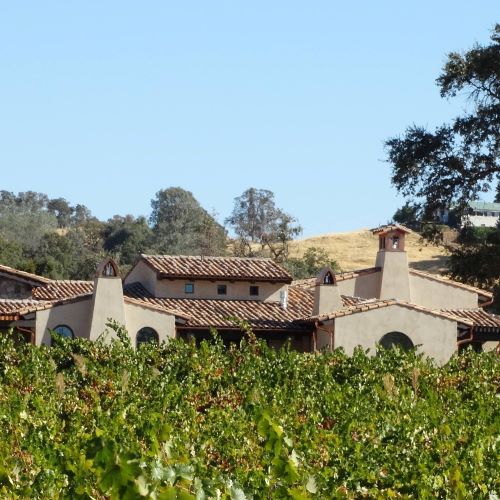
TENERAL CELLARS AT WILDEROTTER VINEYARD
19890 Shenandoah School Rd, Plymouth, CA 95669
Phone: 209-245-6016
www.WilderotterVineyard.com
Candyce@WildeRotterVineyard.com
Reservations recommended
Monday – Sunday, 10:30am to 5pm


![]()
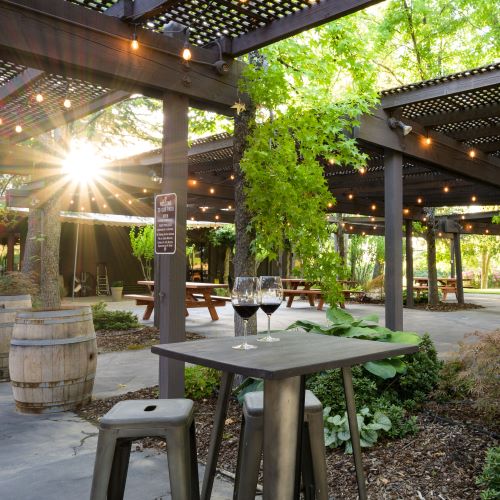
TERRA D’ORO WINERY
20680 Shenandoah School Road , Plymouth, CA 95669
Phone: 209-245-6942
www.TerraDoroWinery.com
Info@terradorowinery.com
Reservations recommended, required for groups of 7+
Thursday – Monday, 10am to 4pm (by appointment only)
![]()



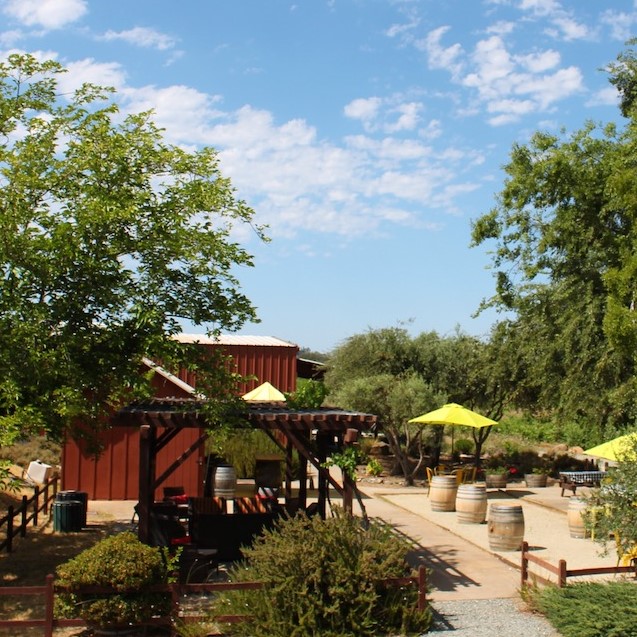
TERRE ROUGE & EASTON WINES
10801 Dickson Rd, Plymouth, CA 95669
Phone: 209-245-4277
www.TerreRougeWines.com
Info@TerreRougeWines.com
Reservations Recommended
Thursday – Monday, 11am to 4pm


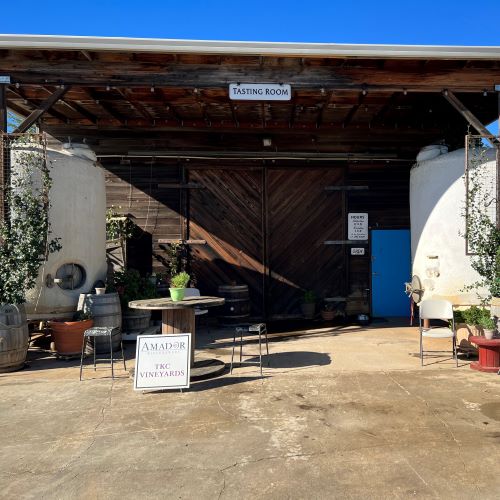
TKC VINEYARDS
11001 Valley Dr, Plymouth, CA 95669
Phone: 209-245-6428
www.TKCVineyards.com
Business@TKCVineyards.com
No reservations required
Saturday, 11am to 5pm – Sunday, 1pm to 5pm


![]()

TURLEY WINE CELLARS
10851 Shenandoah Rd, Plymouth, CA 95669
Phone: 209-245-3938
www.TurleyWineCellars.com
Info@turleywinecellars.com
Reservations recommended
Thursday – Sunday, 11am to 4pm


![]()
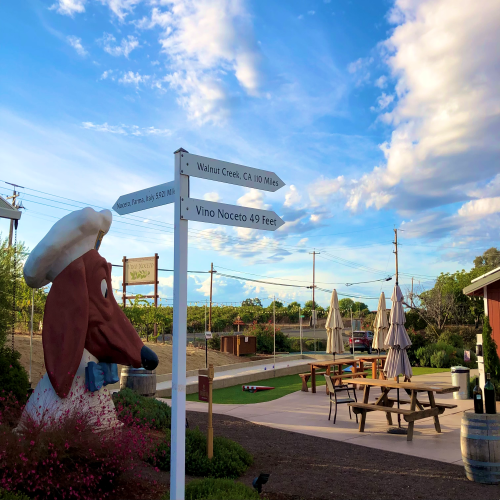
VINO NOCETO
11011 Shenandoah Rd, Plymouth, CA 95669
Phone: 209-245-6557
www.Noceto.com
Vino@noceto.com
Reservations required 8 +
Monday – Friday, 11am to 4pm
Saturday-Sunday, 11am to 5pm


![]()
